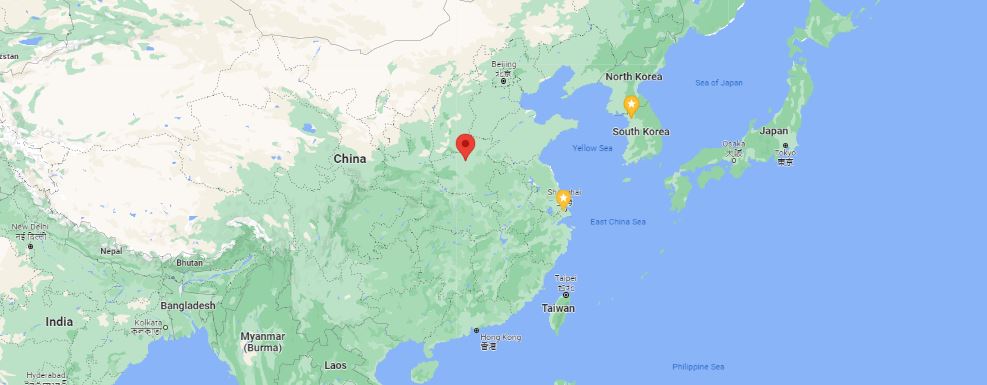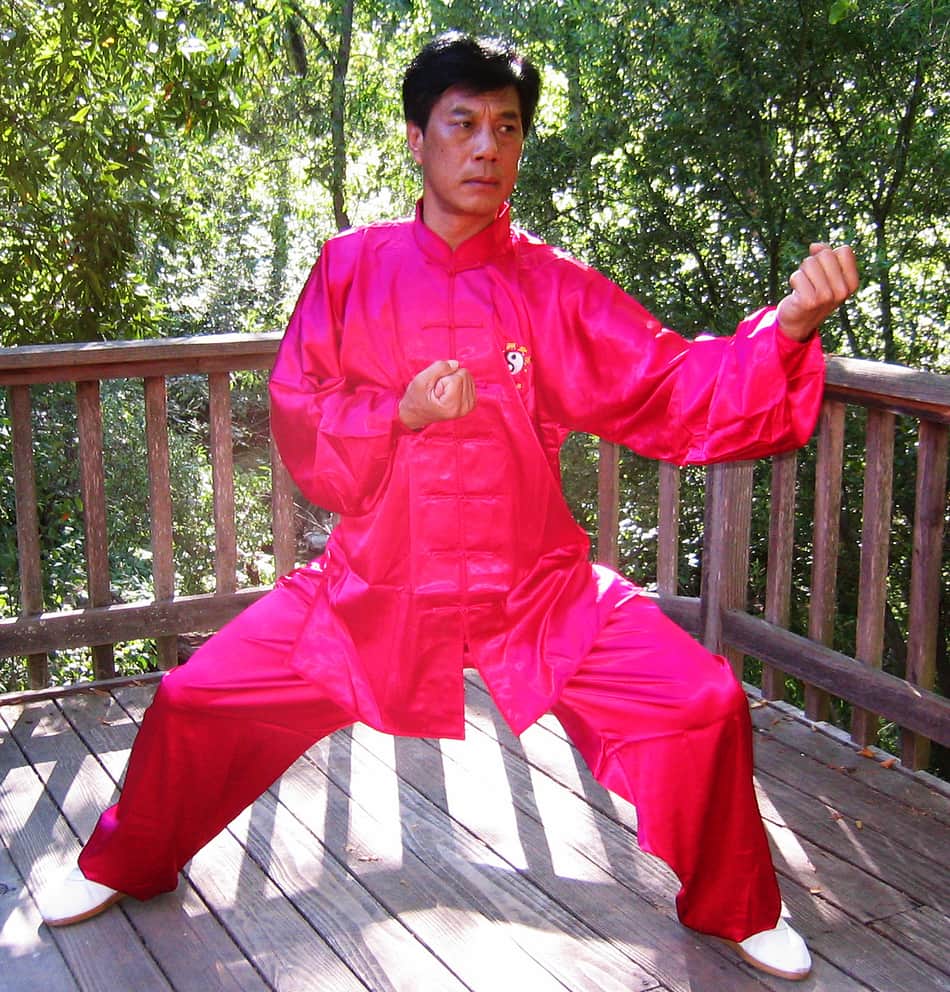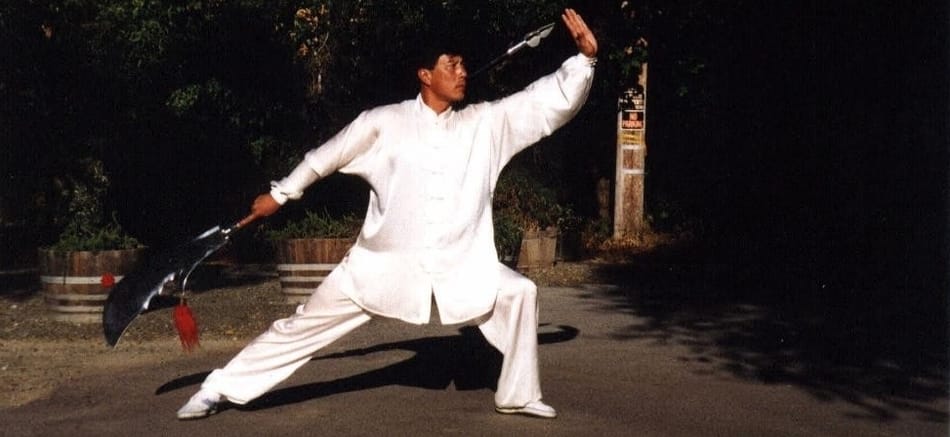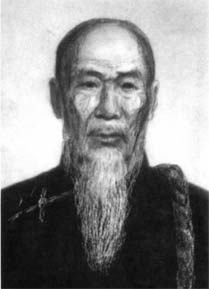What do you get when you work on the same problem or work to make progress for 700 years? You get 20+ generations of insights, efforts, and commitment. How do you ensure that this work has meaning, is not lost, and is carried forward? You embed your progress in writing, teaching, and a series of physical movements. Then, you hand it over to the next generation before you pass away. Chen style tai chi chuan is a gift. It is a living body of knowledge where we participate in a long standing tradition and learn a bit about our bodies and ourselves along the way.
Chen style tai chi is an internal Chinese martial art recognizable for its combination of fast and slow movements that alternate between relaxation and use of power. It is the oldest form of tai chi originating in Chenjiagou (Chen Village) in the 13th Century and influenced the development of the other main styles of tai chi.
You don’t have to practice tai chi to find this history and development super interesting. If you are a practitioner of any style, it is amazing to see how your current efforts and lineage are taking part in a long history advancing what we know about ourselves and the connection between the body’s movements and our mental and physical state. Here I’ve condensed an overview of the history, movements, and current modern forms.
What is Chen Style Tai Chi at Its Core?
Chen style tai chi is very distinct when compared to the other forms of tai chi and other internal martial arts. It contains a larger balance between the martial and the health aspects of tai chi. It retains fighting applications. Like some of the other forms of tai chi it has supporting drills such as 8 energies and warm-up exercises. Chen style tai chi also has additional exercises for building internal and external strength such as pole shaking, silk reeling, and the tai chi ball. Additionally, it continues to train many of the traditional weapons and incorporates standing meditation into to practice.
At its core, Chen style tai chi is a curriculum to advance your martial abilities and health while teaching philosophy through movement. Let’s take a look at its history to be able to understand what has all influenced the art and how it was able to grow to be so complete and complex.

Chen Style Tai Chi History
Truth-be-told, there are several competing theories about what is the exact origin and history of Chen style tai chi. Each of these theories is based on facts drawn from documents written by people alive at different times but no theory fully refutes the other. My goal in this section is to have some fun! If we get caught up with the “what is absolutely true” arguments we completely miss the point:
Chen tai chi has 700+ years of rich history that has culminated in the forms, physical, mental, and emotional development that is available to us today.
Let’s start with the different historical theories for fun’s sake and then spend some time talking about what makes the movement of this style unique and the different forms that are practiced. The development of tai chi since the 1800s has created all the modern forms, all the separate family lineages, and the international popularity of this moving form of art.
5 Theories on the Origin of Chen Style Tai Chi
#1 It Was the Chen Village Founders
In the late 1300s, members of the Chen family migrated to what is now Chen Village from Shanxi Province. Chen Bu was recorded to be a prominent martial artist of the time and founded the village. Nearby there are deep ravines or “gou” in Chinese. Hence the name Chen Family Creek or ChenJiaGou.
#2 It Was a Taoist Monk or His Student Who Invented Chen Style Tai Chi
There are two monks who are mentioned throughout texts that talk about the original source of tai chi. Zhang Sanfeng was a monk who was renowned for his knowledge on Taoist and Confucius studies. He is credited with creating Neijia, or the idea of the internal martial arts. Wang Zongyue, a legend in his own right was a Taoist monk and a student of Zhang Sanfeng. He is credited for writing one of the great tai chi classics, the Tai Chi Treatise. It’s from this book that we get many of the metaphors and training principles of modern tai chi.
Hopefully you can see the impact of the work of these two men on modern Chen style tai chi chuan. The importance of their work was not lost on a retiring military officer who would one of the most important leaders of Chen village.
#3 It Was a Military Officer Who Retired to Chen Village
We need to fast-forward a couple hundred years to the mid 1600s when Chen Wangting, a military officer of the Ming Dynasty retired to Chen Village becoming the ninth generation village leader. Chen Wangting was a military garrison commander charged with protecting the commerce and caravans of the area. The end of the Ming Dynasty meant the end of his time in service and the beginning of his creation of a codified martial training practice.
Chen Wangting combined his military experience with teachings he received on Daoist philosophy into seven training routines. His contribution to what we currently know of as the internal martial arts cannot be overstated. He combined fighting strategies from the New Book Recording Effective Techniques, Chinese medicine theory from the Yellow Emperor’s Canon of Chinese Medicine, philosophy of dualism and opposites from Yin Yang Theory, as well as research on leading energy (Daoyin), and expelling energy (Tuina).
#4 It Was a Taoist Monk Who Visited Chen Village and Combined it With the Internal Arts
Up until a certain point in time, most writings on Chen style tai chi refer to the harder, martial aspects of the art or Cannon Fist (Pao Chui). This definitely alludes to a relationship between tai chi and kungfu which makes complete sense considering how close Chen Village is to the Shaolin Temple. A small number of texts reference the arrival of a Taoist master, Jiang Fa, to Chen Village who is considered responsible for the combination of the external and internal aspects of tai chi that makes it distinctive from other kungfu styles.
Whether or not he was there and undertook the work himself, his influence was acknowledged by Chen Changxing who is responsible for developing the Chen style tai chi that we recognize today.
#5 It Was a Chen Family Member Who Developed the Principles, Forms, and Styles Structure
By the beginning of the 1800s, we have very thorough documentation including illustrations of the development of the Chen tai chi cannon and forms. There are documents of the schools, training routines, research on old topics and documentation of new thought. Chen Changxing was a 14th generation martial artist. He:
- Combined all previous training regimens into two forms: Old Frame First Routine (Lao Jia YiLu) and Old Frame Second Routine (Lao Jia Erlu or Cannon Fist).
- Took on the first non-Chen student Yang Luchan who is the founder of Yang Tai Chi and popularized the art internationally.
If you read closely through the different possibilities above you see that quite possibly they are all true. That little by little, century after century, the idea of tai chi was developed and passed on until it gained enough critical mass to explode into the rich diverse knowledge that we know today. Trying to definitely say what exactly the origin story is of tai chi makes us miss part of the rich history. More than that, all of the individuals above had to be incredibly open-minded to consider all of the alternative theories that dramatically influenced the art and made it unique.
Modern Chen Style Masters
With the proliferation of this art in Chen Village for centuries, not only were there many past masters but plenty that are still teaching. Here is a great book containing modern interviews: Chen Taijiquan: Masters and Methods
Chen Style Tai Chi Movements
So what makes Chen style tai chi movements so unique? All of the influences above are captured in the forms and poses of Chen style. The forms are meant to be instructive in a few distinct ways. They show the dynamics of the opposites of physical energies. The forms move through soft and hard movements, fast and slow, small and large, high and low stances. Chen style tai chi movements are very distinct from the other styles who may have removed the martial aspects, issuing of force, or changes in posture.
The movements of Chen tai chi are also unique in their use of spiraling movements and training of silk reeling. Whether you are doing warm up exercises, weapons forms, or open-hand forms, movements spiral out from the center with a focus on the body being the initiating force that transmits the energy out to the arms and legs.

Tai Chi Chuan Chen Style Forms
In general, there are four open-hand Chen style forms and four principal weapons. The open-hand forms have been modified to create shorter and competition versions and additional weapons such as double weapons have been added.
- Old Frame First Routine (Lao Jia YiLu)
- Old Frame Second Routine (Lao Jia Erlu) also referred to as Cannon Fist (Pao Chui)
- New Frame First Routine (Xin Jia YiLu)
- New Frame Second Routine (Xin Jia Erlu) also referred to as Cannon Fist (Pao Chui)
The Old Frames are the forms that originated from Chen Changxing in the 1800s. His student, Chen Zhaopei and his uncle Chen Fake (fah-kuh) are recognized as two of the greatest modern martial artists. They moved to Beijing in the early 1900s and began teaching a softer form of the art or the “New Frame.” While it is recognized as being part of the Chen style forms, not all Chen practitioners practice both.
The Chen Style Tai Chi Old Frame First Routine is considered to be the introductory form containing all of the art’s movements and knowledge. The second routine is considerable more advanced and faster. There are an uncountable number (8, 13, 18, 24, 26, 48, 56…) of shorter forms developed by different schools to aid in the teaching of Old Frame Chen Style Taijiquan. Way too many to list here but as an example, here are notes that Grand Master Chen Zhenglei shared during a conference on his Chen Style 18 Form: Chen Style Tai Chi 18 From PDF.
The four primary weapons which we discuss in separate essays are the straight sword, broad sword, spear, and long pole, with some schools also teaching the guan dao. We also wrote a huge essay on weapons with some great video examples.
Still Haven’t Gotten Your Fill and Want to Learn More About Tai Chi?
As amazing as Chen style is, it’s only one of many families. We wrote an overview of the most well-known forms and created separate articles for the different styles that are all linked here:
An Overview the Main Tai Chi Styles
This is part of a series of articles that we wrote on all the most popular styles of tai chi. Keep reading in that direction or find out how to improve your tai chi form.




